Web Development
Having a website is essential for any business in today's digital age. A website allows you to establish an online presence and reach a wider audience, making it easier for customers to find and learn more about your business, products, and services. A well-designed website can also help establish your business as a credible and trustworthy source of information and products, and can provide a platform for customers to interact with your business through social media, email newsletters, or online reviews.

Technologies we use!
1. Tailwind CSS
Tailwind CSS is a utility-first CSS framework that is designed to make it easier to build custom user interfaces for the web. It provides a set of low-level CSS classes that can be used to style various elements of a web page, such as text, buttons, forms, and layouts.
One of the key benefits of using Tailwind CSS is that it allows developers to write expressive and flexible CSS code without having to write a lot of custom styles. It also promotes a consistent design aesthetic by providing a set of pre-defined styles that can be used as a foundation for building custom interfaces.

Tailwind CSS can help streamline the design process by providing a set of reusable styles that can be easily customized to meet the specific needs of the project.
2. JavaScript
JavaScript is a high-level, object-oriented programming language that is easy to learn for beginners and has a large community of developers. It is used for a wide range of tasks, such as creating dynamic user interfaces, handling user input, accessing web APIs, and building real-time web applications.
JavaScript is a versatile and widely-used language, it can also be used to create interactive and dynamic effects on web pages such as form validation, image sliders, and pop-up windows. It is also used to create complex web applications such as single page applications, real-time chat applications, and more. JavaScript can also be used to create games, mobile apps, and desktop applications using technologies such as Electron, React Native, and more.
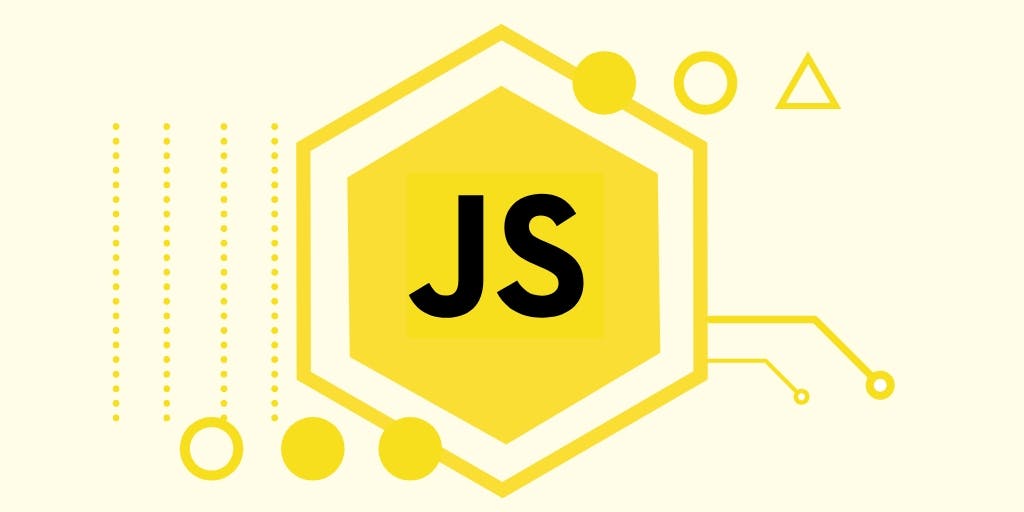
Overall, JavaScript is a powerful and versatile programming language that is essential for modern web development. Its ability to run on both the client-side and server-side, in combination with its wide range of libraries and frameworks, make it a great choice for building web applications of all sizes and complexities.
3. Alpine js
Alpine.js is a lightweight JavaScript framework that is designed to make it easier to build interactive, reactive user interfaces. It is a relatively new framework, but has gained popularity due to its simplicity and ease of use.
One of the key features of Alpine.js is its declarative syntax, which allows developers to write concise and expressive code that is easy to read and maintain. It also includes a number of built-in directives that can be used to bind data to DOM elements and add interactivity to a web page.
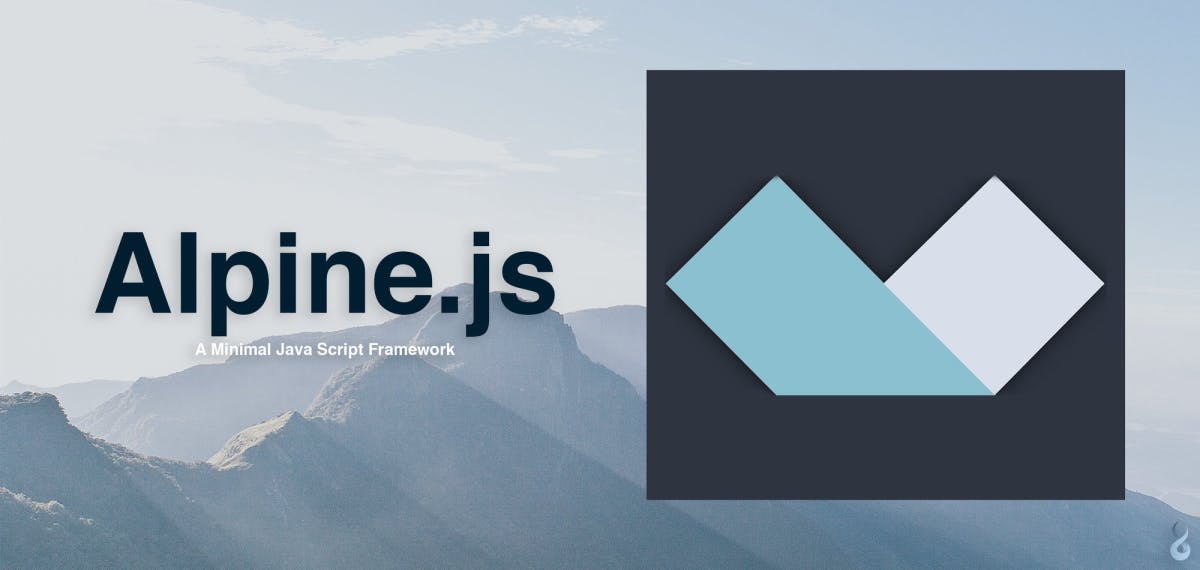
Alpine.js is particularly well-suited for building small, self-contained components, such as dropdown menus, modal windows, and tabs. It can also be used to build larger, more complex applications, but it is not as feature-rich as some other JavaScript frameworks, such as React or Vue.js.
4. jQuery
jQuery is a popular JavaScript library that simplifies the process of writing JavaScript code. It is designed to make it easier to navigate and manipulate HTML documents, handle events, create animations, and develop complex and interactive web applications. jQuery provides a simple and consistent programming interface for interacting with HTML documents, which makes it easier for developers to write cross-browser compatible code.
One of the key features of jQuery is its powerful and intuitive DOM (Document Object Model) manipulation capabilities. The DOM is a tree-like structure that represents the elements of an HTML document, and jQuery provides a simple and consistent way to select, traverse, and manipulate these elements.
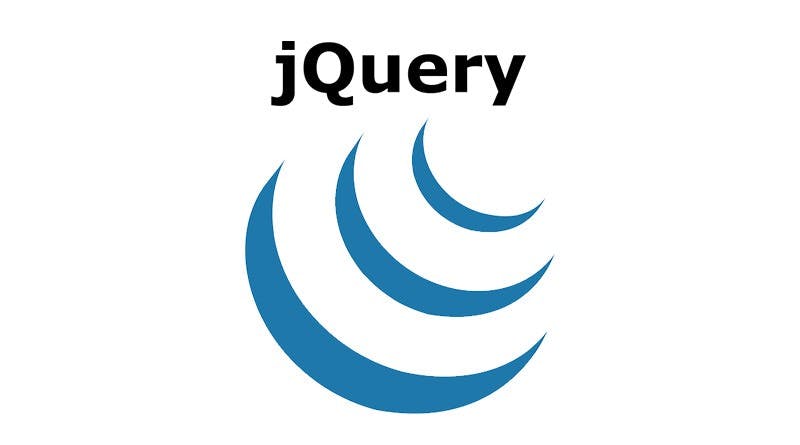
In summary, jQuery is a JavaScript library that makes it easier for developers to write JavaScript code by providing a simple and consistent programming interface for interacting with the DOM, handling events, creating animations, and developing complex web applications. Its popularity is due to its ease of use, cross-browser compatibility, and wide range of built-in methods and plug-ins that make it a powerful tool for modern web development.
5. React Js
React is a JavaScript library that is commonly used for building user interfaces for web applications. It is designed to make it easy for developers to create reusable components that can be easily shared and composed to build complex user interfaces.
One of the key benefits of React is that it helps developers to create user interfaces that are fast and responsive, even in applications with large amounts of data or complex interactions. This is because React uses a virtual DOM (a lightweight in-memory representation of the actual DOM) to optimize updates to the actual DOM. When a component's state changes, React determines the minimal set of DOM operations required to update the component, and then performs those operations efficiently.
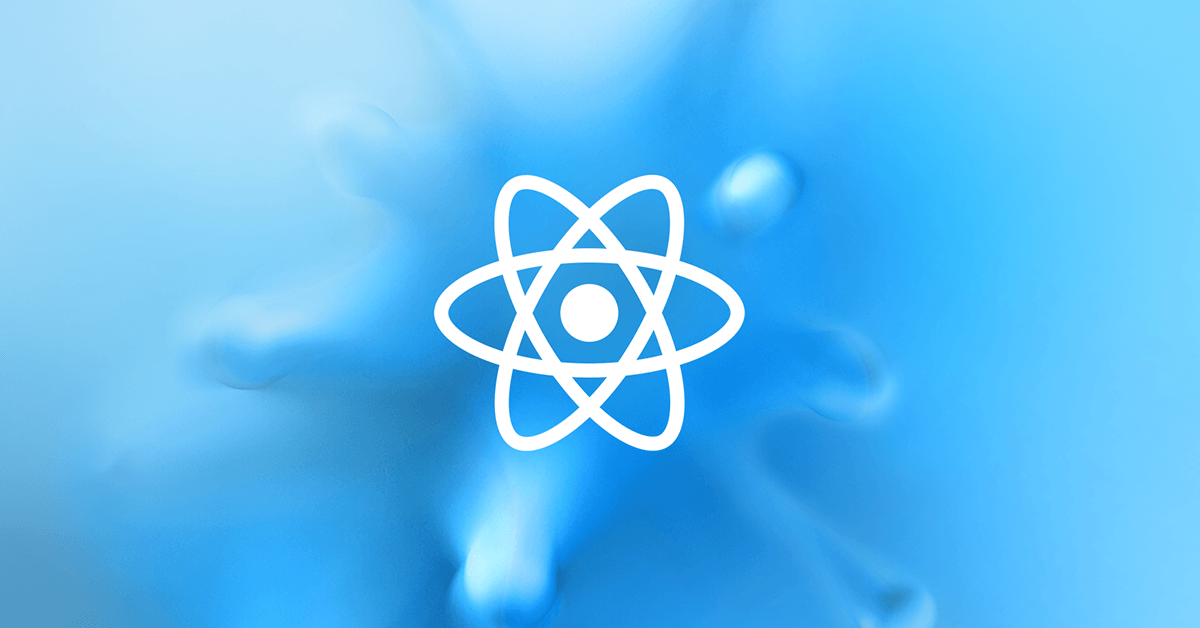
In summary, React is a JavaScript library for building user interfaces. It provides a component-based architecture, a virtual DOM and a powerful framework for building complex and dynamic web applications. Its popularity is due to its ease of use, efficient handling of state, and ability to improve the performance of web applications. It also has a large and active community of developers who have contributed to the development of a wide range of additional libraries and tools that can be easily integrated with React to add new features and functionality
6. Laravel
Laravel is a powerful open-source PHP framework that is widely used for web development. It provides a range of features and tools that can help streamline the development process, including a lightweight syntax, built-in support for common web development tasks, and a powerful ORM system for working with databases. Laravel is particularly well-suited for building complex, data-driven websites and web applications, and is used by many companies around the world.
Laravel is particularly well-suited for developing complex, data-driven websites and web applications. It is used by many companies and organizations around the world, including startups, small businesses, and large enterprises.
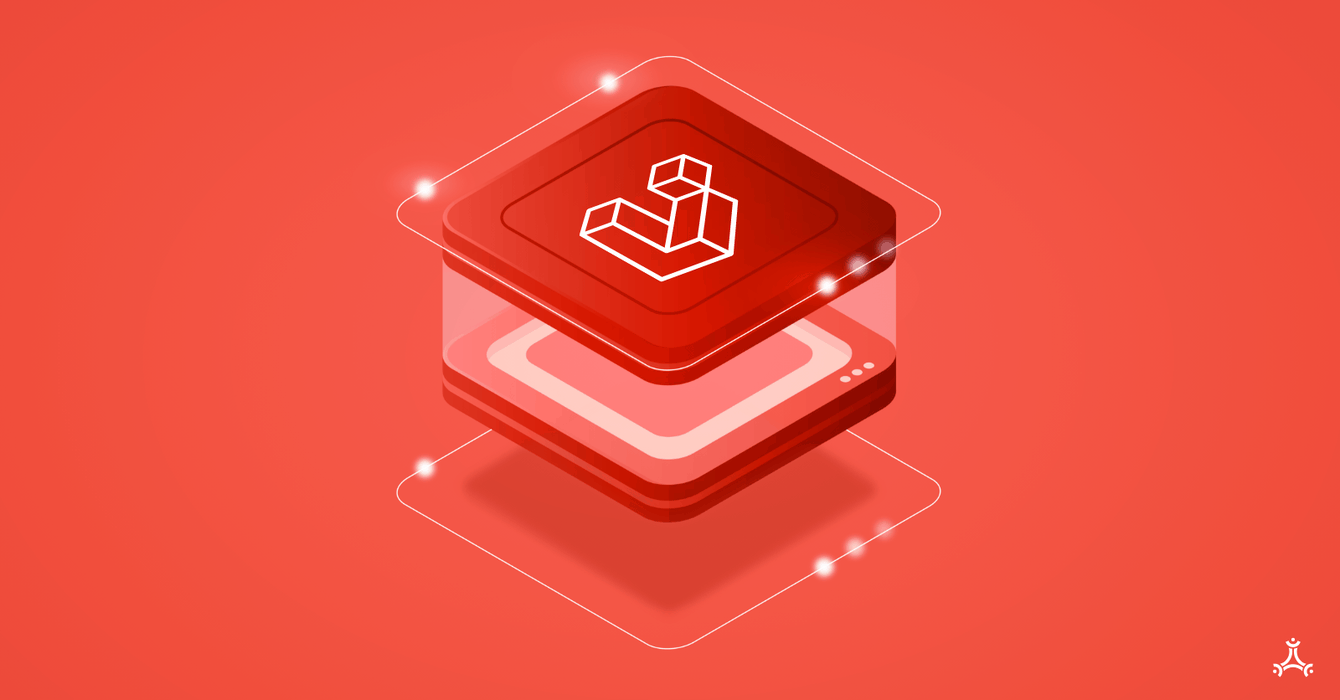
Laravel also has a large community of developers and a robust ecosystem, which means that there are many packages and plugins available to extend the functionality of the framework. This allows developers to easily add features and functionality to their applications without having to build everything from scratch.
7. LiveWire
Laravel Livewire is a open-source library that allows developers to build dynamic, interactive user interfaces in a Laravel application using only PHP. It uses a combination of server-side rendering and client-side DOM manipulation to create a seamless, real-time experience for the user.
One of the key benefits of using Livewire is that it allows you to build rich, interactive interfaces without having to write a lot of JavaScript code. It also integrates seamlessly with Laravel's Blade templating system, making it easy to incorporate Livewire components into your application's views.
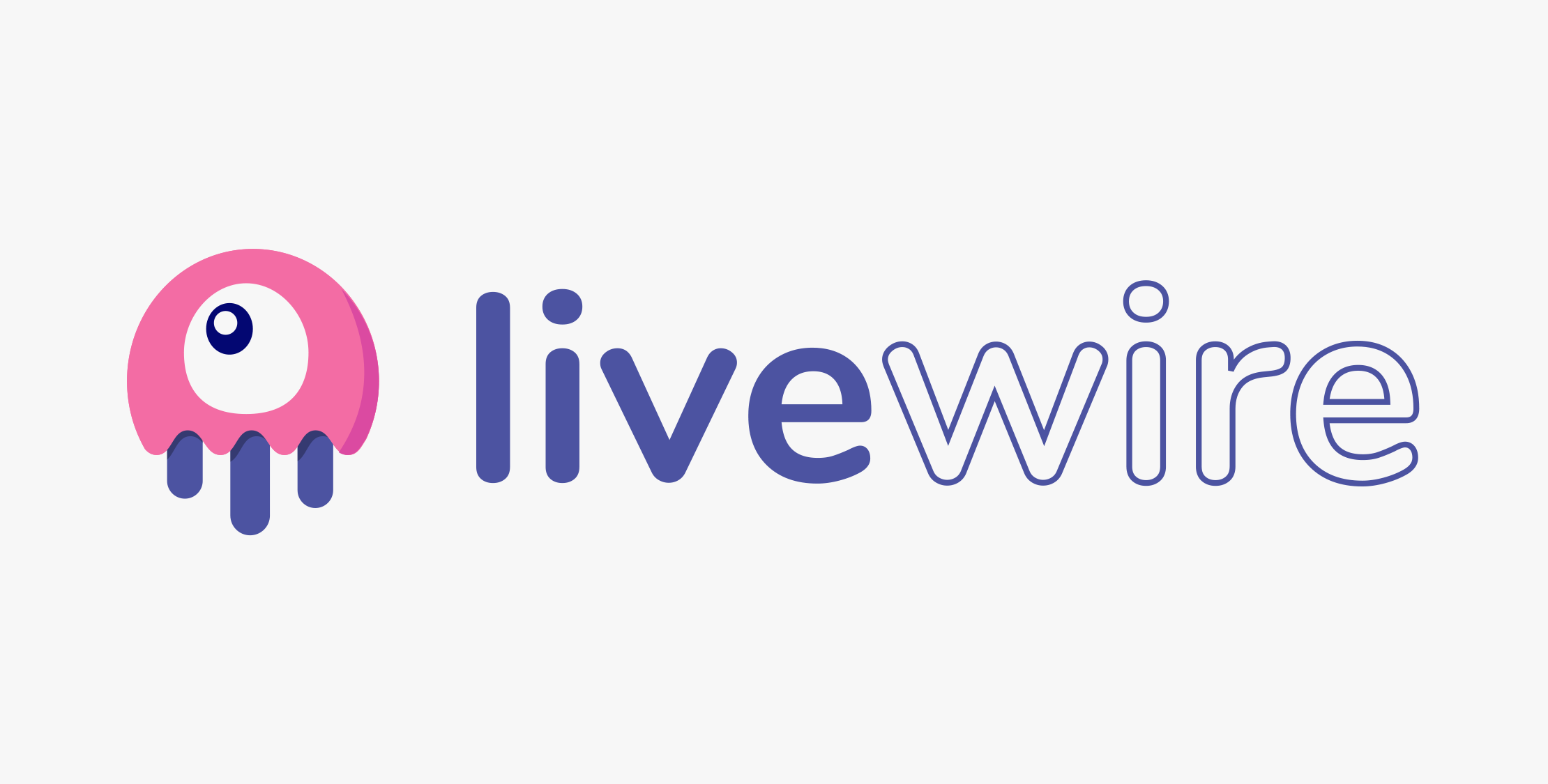
Overall, Laravel Livewire is a powerful tool for building dynamic, interactive user interfaces in a Laravel application. It is easy to use and can significantly reduce the amount of JavaScript code that you need to write, making it a great choice for developers looking to build rich, interactive interfaces in their Laravel application.
8. MySQL
MySQL is a widely-used open-source relational database management system (RDBMS) that is based on Structured Query Language (SQL). It is commonly used in web applications and other applications that require a database to store and retrieve data.
In MySQL, data is stored in tables, which are organized into a database. Each table consists of rows (also known as records or tuples) and columns (also known as fields or attributes). The rows represent individual pieces of data, and the columns represent the different attributes or characteristics of that data.
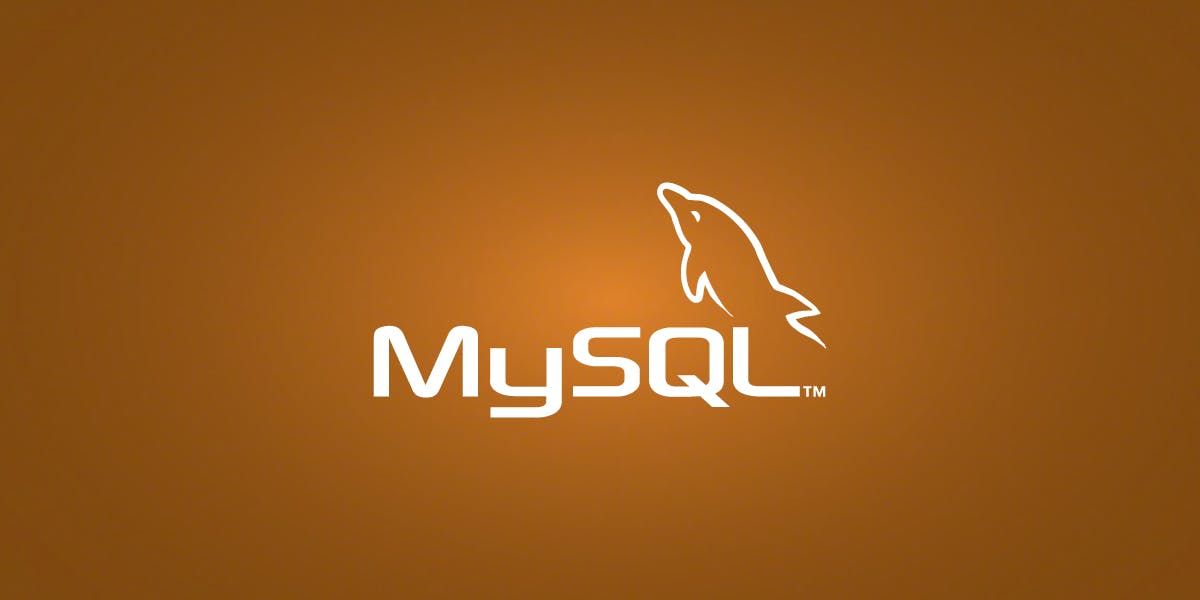
MySQL is known for its ease of use and reliability, and it is widely used in a variety of applications, including web-based applications, data warehousing, and log analysis. It is also often used as a backend database for popular web-based applications, such as WordPress and Joomla.
.c3c59d53.png&w=3840&q=75)